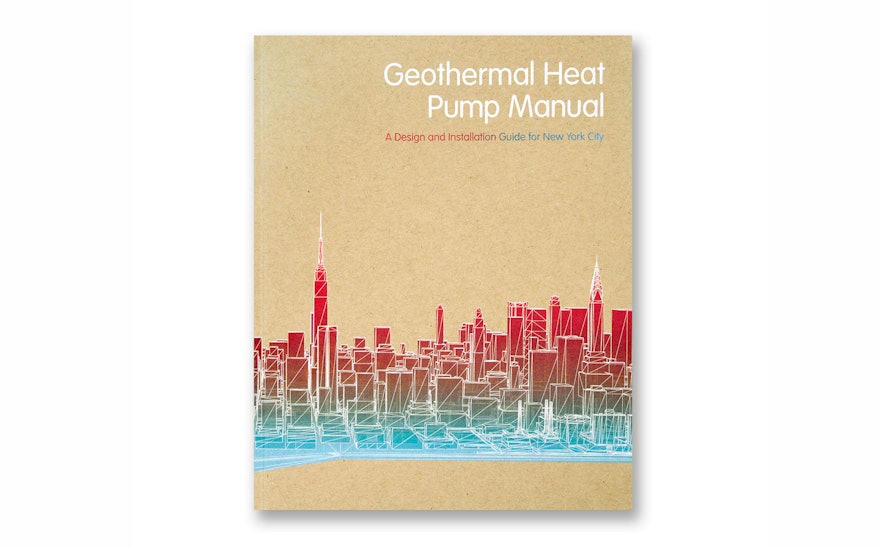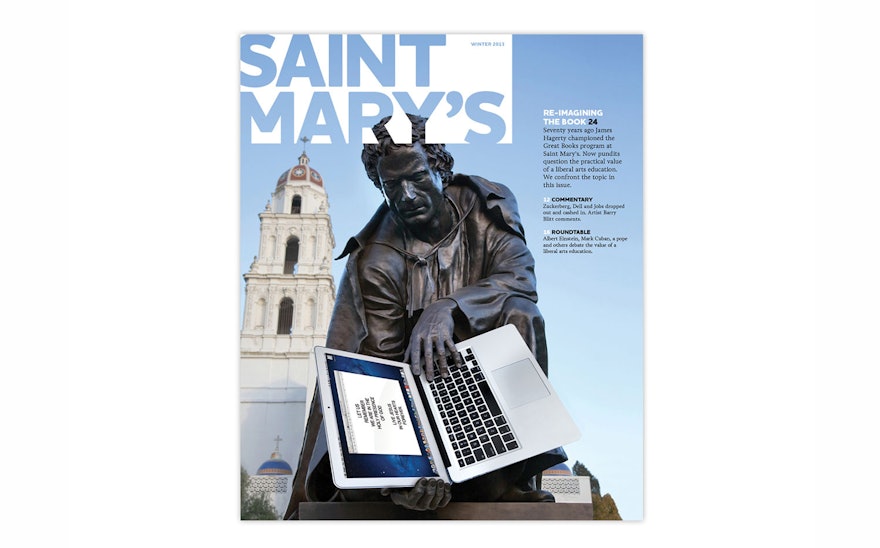Spring is finally here, and New Yorkers are happily turning down their thermostats after an especially long, cold winter that saw an increase in energy bills. An alternative to costly, conventional energy sources, geothermal heat pumps (GHP) offer a cheaper, cleaner and more efficient way to heat and cool buildings. GHP systems take advantage of the relatively constant temperature of the earth’s interior, using it as a source or sink for heat. For cooling, heat is extracted from the building and dissipated into the ground; for warmth, heat is extracted from the earth and pumped into the building.
The New York City Department of Design and Construction (DDC) has identified GHP as an important strategy for developing sustainable energy in the city, especially for the reduction of greenhouse gas emissions. Working with the DDC, Pentagram has designed Geothermal Heat Pump Manual: A Design and Installation Guide for New York City. The book is the companion volume to the DDC’s Water Matters: A Design Manual for Water Conservation in Buildings, designed by Pentagram by 2011. GHP systems are part of PlaNYC 2030, the city’s official plan for sustainability, and the manual's guidelines were the subject of a special roundtable presented by the Urban Green Council on April 10, 2013.
While common in other parts of the US, GHP is still relatively new to New York City, and the manual provides a definitive how-to guide for the systems and how they can be integrated into sustainable building projects. Like Water Matters, the GHP manual helps organize and outline complicated processes for a technical audience, in this case geologists and geothermal engineers. The content of the new book is even more complex than Water Matters, involving more intricate systems and larger project teams, and the book’s design presented a greater challenge for the designers to make the information accessible, accurate and easy to use.
The designers worked with the DDC to create a lively, colorful mix of charts, diagrams and images that communicate information in a way that is attractive to read and easily referenced. The approach humanizes the technology for an audience that is accustomed to dry, dense volumes of data, and highlights GHP as a unique, innovative energy source.
In keeping with the conservation theme, the cover of the new manual is printed on unbleached paper, and recycled paper is used throughout the book. For the cover image, the designers created a dimensional wireframe drawing of New York City that wraps around the front and back of the book. A simple illustration of how geothermal energy works, the diagram transitions from a cool blue in the ground to a warm red in the buildings.
The designers built on the color-coordinated system they created for Water Matters, using color to differentiate the various phases of the GHP installation process. The color-coding helps users quickly navigate the book and adds visual interest to the dense information. The colors work in tandem with a system of two- and three-letter abbreviations for different technologies and team members. These codes are introduced at the beginning of the book and appear in section headers, diagrams and text. The principal fonts are the friendly VAG Rounded and Helvetica Textbook.
To map out the GHP process, the book opens with a double-page spread that outlines the typical workflow for the implementation of a successful GHP system, including the project team members, the various phases and their goals. The chart indicates which chapters of the book are important to read for each team member, and their level of involvement in each step. Diagrams illustrating the various GHP systems playfully mix two-dimensional graphics with photographic images of people and objects. (As in Water Matters, members of the design team can be seen in several diagrams.) The information is highly technical, and the designers had to be careful to create drawings that were both accurate and comprehensive in their detail.
Geothermal Heat Pump Manual provides an invaluable resource for the DDC as it continues to advocate for clean, affordable energy in the city. The manual can be downloaded in PDF format here.

